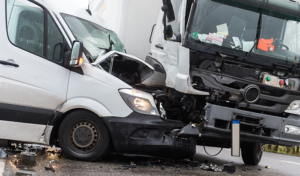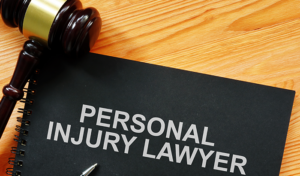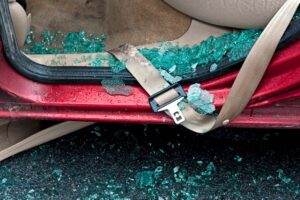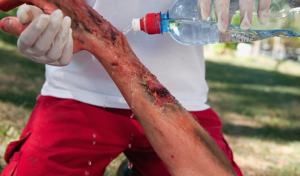
Steps to Take After a Truck Accident
Being in any type of accident is terrible, but a truck accident can be even worse. The size and weight of a truck and the load it carries can devastate

Being in any type of accident is terrible, but a truck accident can be even worse. The size and weight of a truck and the load it carries can devastate

Any type of accident involving a vehicle is dangerous–but are truck accidents more dangerous than car accidents? The answer is yes, and there are several reasons why. In addition to

Some accidents are minor enough to handle on your own, but you should contact a personal injury lawyer if you’ve been injured in most cases. For example, if you fall

If you’re starting your career as a truck driver, you’ll want to hear some advice for new truck drivers from seasoned pros. After all, everyone starts in the same spot.

Snow, ice, rain, wind, and other poor weather conditions lead to dangerous roads and are a leading risk of auto accidents. As convenient as driving is, most people know that

Common injuries include cuts, bruises, broken bones, and fractures – so what exactly is a burn injury? Anyone can be burned, but some people are more susceptible to burns than

Trucking accidents cause severe injuries, and one of the top causes of these accidents is incidents with unqualified truck drivers. The sheer size of a truck versus the size of
UTAH INJURY LAWYERS
Flickinger • Boulton
• Robson • Weeks
PROVO OFFICE
3000 N University Ave
Suite 300
Provo, UT 84604
SOUTH JORDAN OFFICE
10393 S. Temple Dr.
Suite 103
South Jordan, Utah 84095
OFFICE HOURS
Monday- Friday: 8AM-5PM
Saturday-Sunday: Closed
*Disclaimer: the information provided by this website is for informational purposes only and should not be considered legal advice or a substitute for competent legal counsel.
**SMS consent and contact phone numbers will not be shared or sold to third parties or their affiliates for any purpose.
© 2025 All Rights Reserved.